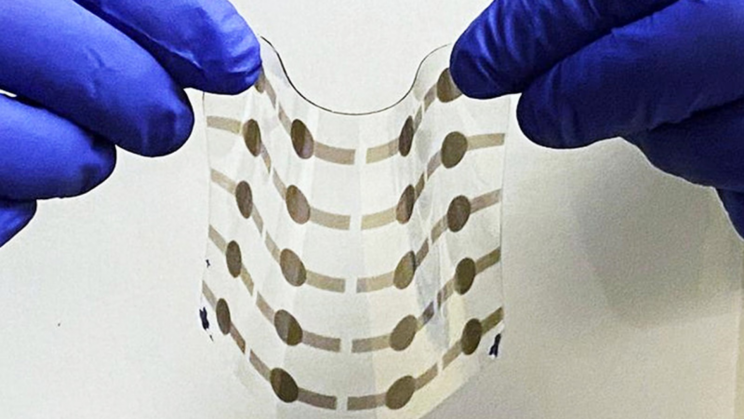A groundbreaking advancement in night vision technology has emerged from the University of Michigan. Researchers have developed a revolutionary organic light-emitting diode (OLED) that not only boasts incredible thinness and flexibility but also has the unique ability to convert near-infrared light into visible light.
This breakthrough could pave the way for ultra-lightweight night vision glasses that are barely noticeable to the wearer. Unlike traditional night vision systems, which require bulky and heavy equipment, these new OLED-based glasses offer a more compact and comfortable solution.
How does it work?
The OLED device integrates a photon-absorbing layer that captures near-infrared light. This light is then converted into electrons, which are subsequently transformed into visible light photons within the OLED’s multiple layers. This process amplifies the incoming near-infrared light, allowing the wearer to see in low-light conditions.
Key benefits of this new technology include:
- Superior image quality: The OLEDs provide high-resolution images with enhanced contrast and color accuracy.
- Energy efficiency: This technology consumes less power, thus extending battery life in wearable devices.
- Lightweight and flexible: These OLEDs can be easily incorporated into glasses frames without adding significant weight or bulk.
- Moreover, beyond night vision glasses, these OLEDs could be used in medical imaging, surveillance, and augmented reality.
The development of these ultra-thin OLEDs marks a significant step forward in night vision technology. With their ability to convert near-infrared light into visible light, these devices offer a promising solution for creating more compact, efficient, and comfortable night vision systems.







